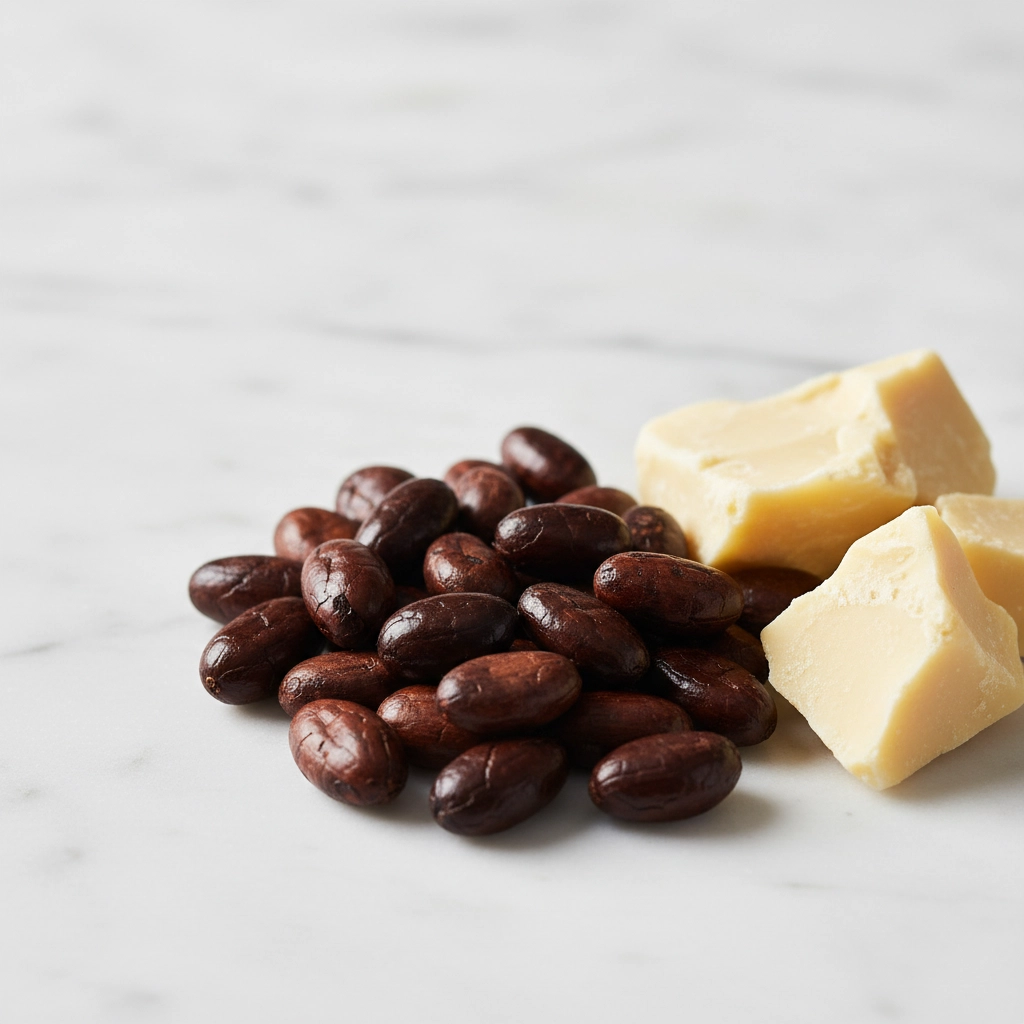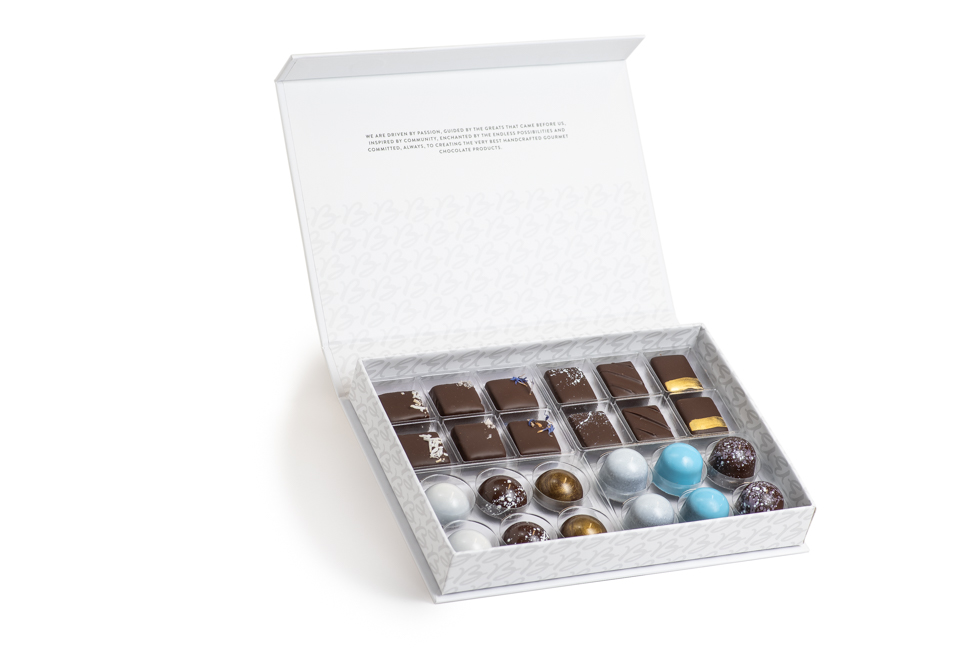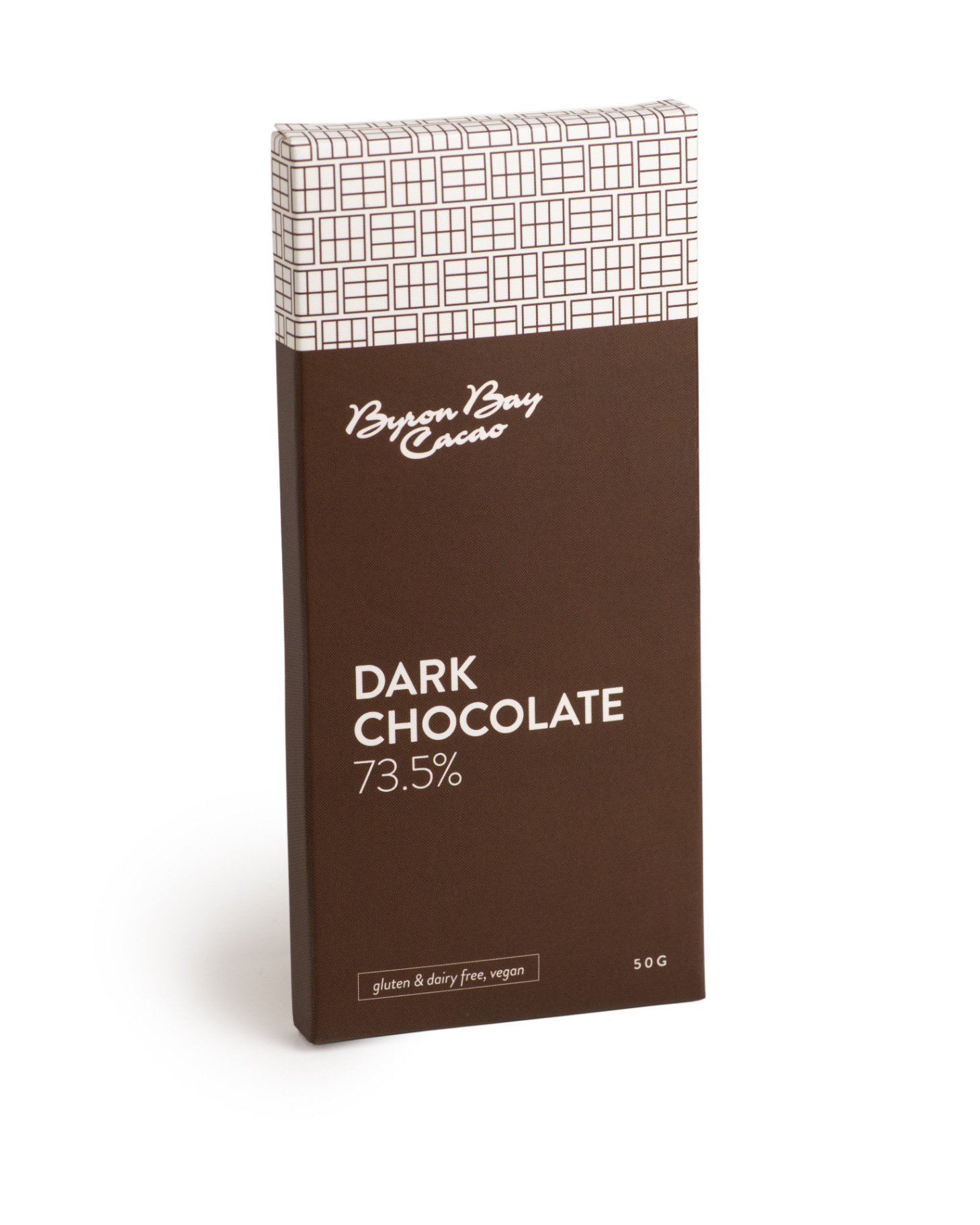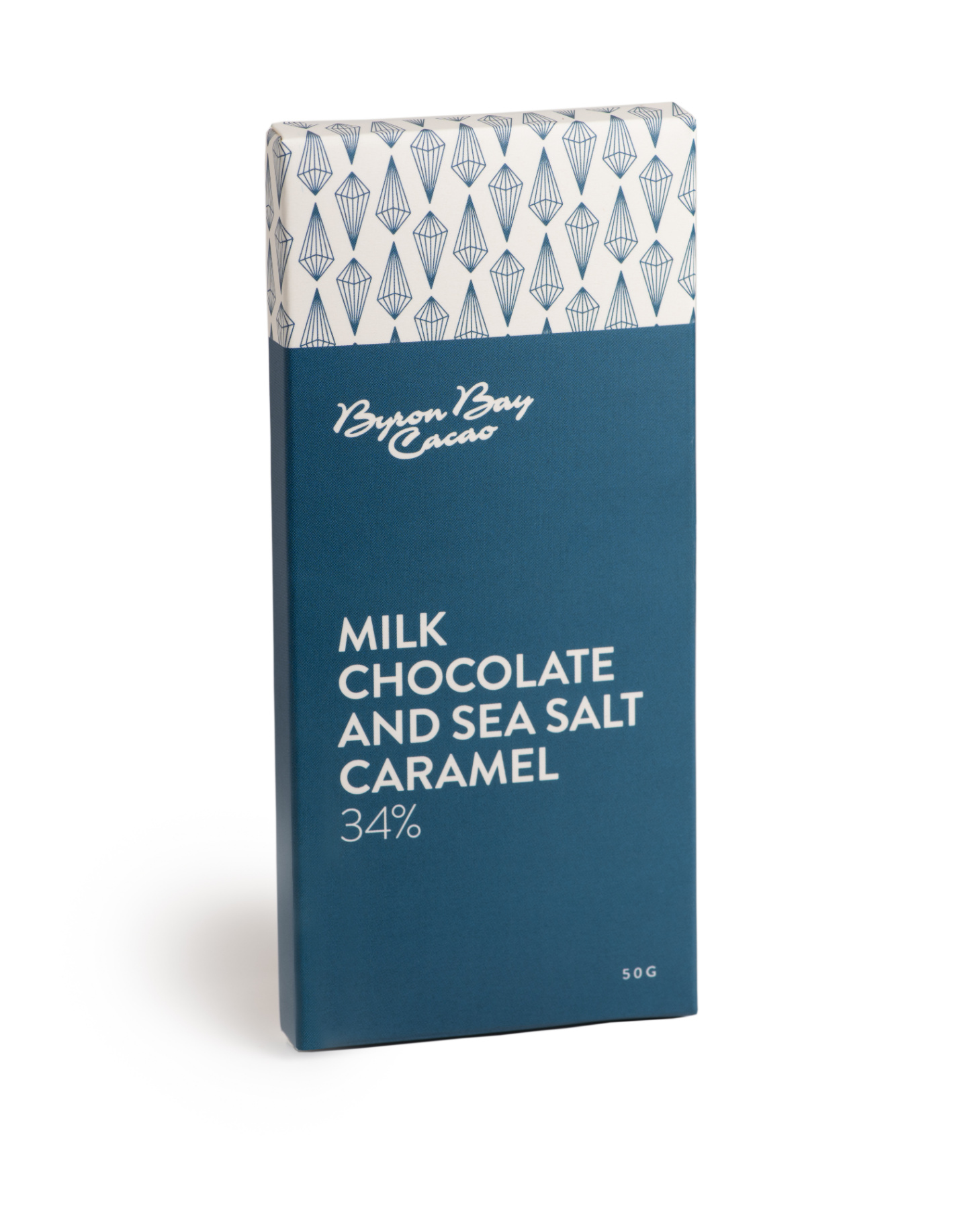Compound vs Couverture: The Lowdown on Buying Real Chocolate (and Why You Should Skip the Compound Stuff)

Right, let's talk chocolate. Not the marketing fluff or fancy packaging – the actual stuff inside the wrapper. If you've ever wondered why some chocolate melts like silk on your tongue while others feel waxy and leave you unsatisfied, you're about to get schooled on one of the biggest tricks in the chocolate game.
The chocolate world is basically split into two camps: couverture chocolate (the real deal) and compound chocolate (the impostor). And here's the kicker – most people don't even know the difference exists.
What's Actually In Your Chocolate Bar?
Let's start with couverture chocolate – this is what we're talking about when we say "proper chocolate." Couverture contains cocoa butter as its fat source, along with cocoa solids and sugar. The name literally comes from the French word meaning "covering" because it's what professional chocolatiers use to coat their creations. Pictured below are Cacao Beans and Cocoa Butter.

Now, compound chocolate is where things get dodgy. Instead of cocoa butter, manufacturers swap in cheaper vegetable oils – and here's where you need to pay attention – these are mostly palm oil or other hydrogenated fats. It's basically chocolate-flavoured candy masquerading as the real thing.
The difference is so significant that in many countries, compound chocolate can't legally be called "chocolate" at all. It has to be labelled as "chocolate coating," "candy," or "cocoa-flavoured confection." That should tell you something right there.
The Palm Oil Problem
Let's dig into why that vegetable oil swap is such bad news. When manufacturers use palm oil instead of cocoa butter, they're not just cutting corners on taste – they're creating a completely different product with some serious downsides.
Palm oil gives compound chocolate that telltale waxy texture. You know that slightly greasy feeling that coats your mouth? That's your vegetable oil substitute at work. It doesn't melt cleanly like cocoa butter does, which means it sits on your palate instead of dissolving beautifully.
But the problems run deeper than just texture. Palm oil production is an environmental disaster. It's the leading cause of deforestation in Indonesia and Malaysia, wiping out orangutan habitats and contributing massively to climate change. When you buy compound chocolate, you're inadvertently supporting this destruction.
From a health perspective, these vegetable oils often contain trans fats, which are linked to heart disease and other health issues. Cocoa butter, on the other hand, contains beneficial compounds and healthy saturated fats that your body can actually use.
Why Cocoa Butter Makes All The Difference
Cocoa butter is pure magic. It melts at just below body temperature, which is why real chocolate has that perfect melt-in-your-mouth quality. This isn't just about luxury – it's about how your taste buds actually experience flavour.

When chocolate melts properly on your tongue, it releases all those complex flavours that make chocolate so bloody amazing. Compound chocolate with its vegetable oil base? It just sits there, muffling all those beautiful cocoa notes you're supposed to be tasting.
Cocoa butter also gives proper chocolate that satisfying snap when you break it. You know that crisp crack you get when you break off a piece of good chocolate? That's cocoa butter in action. Compound chocolate bends and breaks like plastic because, well, it's basically edible plastic.
The Tempering Tell
Here's a dead giveaway: real couverture chocolate needs to be tempered to work properly. Tempering is the process of heating and cooling chocolate to specific temperatures to get the cocoa butter crystals to line up correctly. It sounds complicated, but it's what gives you that glossy finish and perfect snap.
Compound chocolate doesn't need tempering because there's no cocoa butter to worry about. You just melt it and use it. Sounds convenient, right? But this convenience comes at the cost of everything that makes chocolate wonderful.
How To Spot The Difference
Shopping for chocolate just got easier. Here's your cheat sheet:
Look at the ingredients list first. If you see "vegetable oil," "palm oil," or "hydrogenated fats" instead of cocoa butter, you're looking at compound chocolate. Put it back.
Check the appearance. Real chocolate has a glossy, mirror-like surface when properly tempered. Compound chocolate looks dull and matte.
Listen to the snap. Good chocolate breaks with a clean, sharp crack. Compound chocolate bends or breaks with no sound.
Feel the texture. Real chocolate should melt smoothly and completely in your mouth. If it feels waxy or leaves a coating, it's compound.

The Price Reality
Yes, couverture chocolate costs more. Cocoa butter is significantly more expensive than palm oil – sometimes 5-10 times the price. This cost difference is exactly why compound chocolate exists. Manufacturers wanted a cheaper alternative that could look like chocolate from a distance.
But here's the thing – you're not just paying for cocoa butter. You're paying for the entire chocolate experience. The flavour, the texture, the satisfaction, the environmental responsibility. When you break it down per gram of actual enjoyment, real chocolate is often better value.
Why It Matters For Your Palate
Your taste buds aren't stupid. They know the difference between real chocolate and chocolate-flavoured vegetable fat, even if your brain hasn't caught up yet. That slight disappointment you might feel after eating cheap chocolate? That's your palate telling you something's missing.
Real chocolate engages all your senses. The visual appeal, the sound of the snap, the aroma as it melts, the way it feels on your tongue, and obviously the complex flavour. Compound chocolate is like listening to music through broken speakers – you get the general idea, but you're missing most of the good stuff.
Making The Switch
If you've been eating compound chocolate without realizing it, switching to couverture is going to be a revelation. Start with something simple – a plain dark chocolate bar with a high cocoa percentage. Look for ingredients that are just cocoa beans, cocoa butter, and sugar.

The difference will hit you immediately. The clean melt, the way the flavours develop on your palate, the satisfying finish that doesn't leave you feeling like you need to brush your teeth. It's not just better chocolate – it's actually chocolate.
Why Supporting Local Artisan Chocolatiers Matters
Choosing artisan-made couverture chocolate supports quality, ethics, and local craft. It is a practical choice with clear benefits over mass-produced compound chocolate.
- Quality ingredients. Local artisans use real cocoa butter and traceable cocoa. Labels are short and clear. No palm oil. This delivers clean melt and accurate flavour.
- Ethical and environmental practices. Small-batch makers prioritise responsible sourcing, fair pricing for farmers, and lower-impact production. Avoiding palm oil helps reduce deforestation risk.
- Craft and skills. Tempering and finishing require training and care. Buying artisan couverture funds skills, jobs, apprenticeships, and continuous improvement in the craft.
- Local economy and community. Purchases keep money circulating locally. Artisans run workshops, collaborate with nearby producers, and contribute to regional food culture.
- Better than mass-produced compound chocolate. Compound relies on industrial oils and additives designed for scale and shelf life, not flavour or sustainability. Opaque supply chains and profit-first formulations compromise quality and ethics.
- How to support. Read labels for “cocoa butter.” Buy direct from local chocolatiers or trusted grocers. Choose artisan gifts for corporate orders and events. Attend classes and workshops.
The Bottom Line
Compound chocolate exists for one reason: profit margins. It's cheaper to produce, has a longer shelf life, and doesn't require the skill needed to work with real chocolate. But as a consumer, you're getting ripped off. You're paying chocolate prices for chocolate-flavoured vegetable fat.
At Byron Bay Cacao, we use proper couverture chocolate because we actually give a damn about what we're putting in your mouth. We source quality cocoa beans, use real cocoa butter, and take the time to do things properly. Because chocolate isn't just a snack – it's one of life's genuine pleasures.
Next time you're buying chocolate, remember this: life's too short for fake chocolate. Check those ingredients, demand cocoa butter, and taste the difference proper chocolate makes. Your palate will thank you, and you'll never want to go back to the compound stuff again.
Trust us – once you know what real chocolate tastes like, everything else just tastes like disappointment wrapped in shiny paper.
